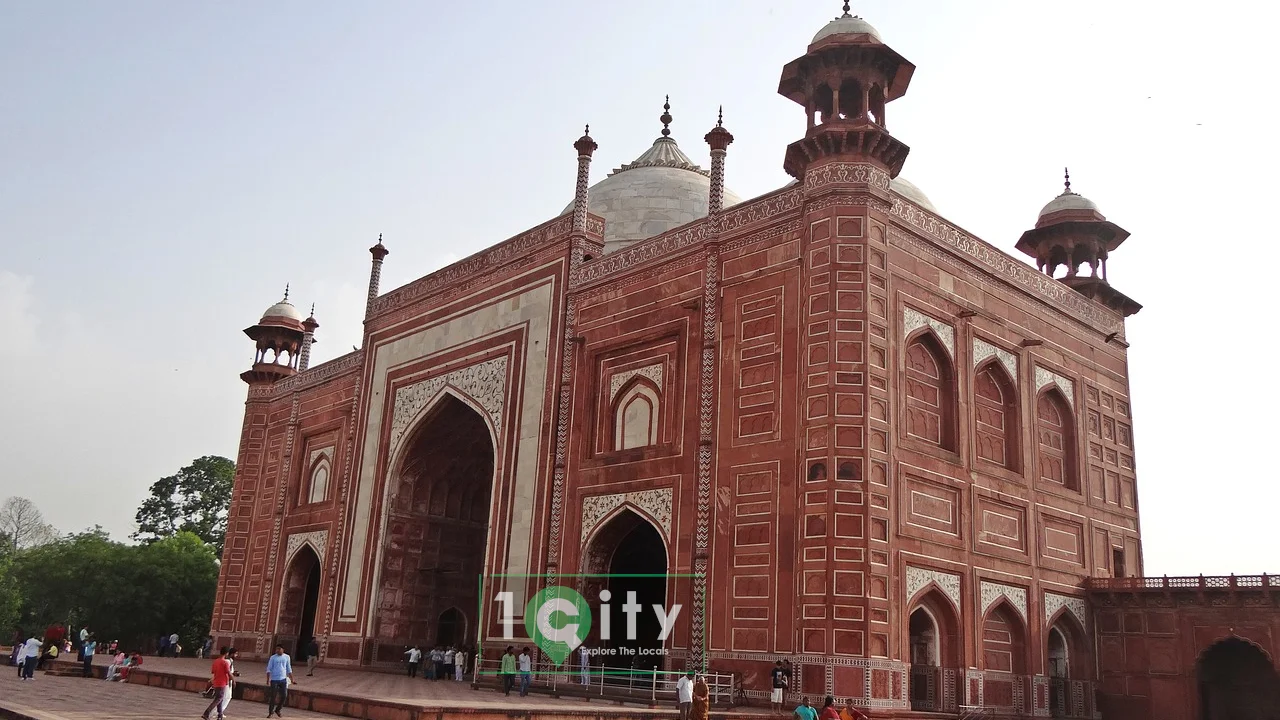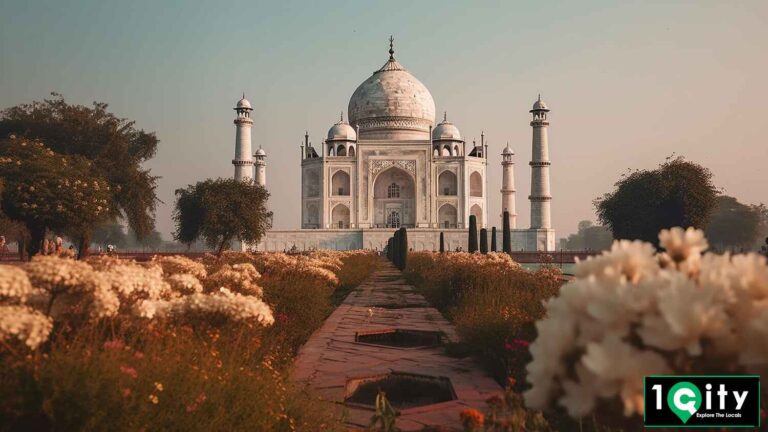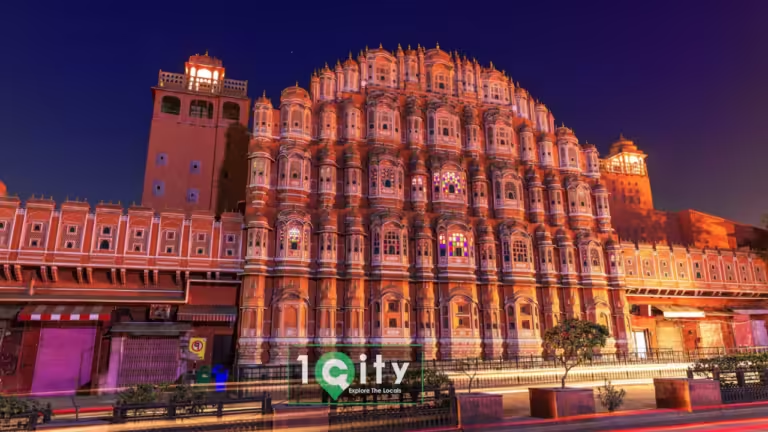Best Places to Visit in Agra: Ultimate Guide to Unforgettable Attractions
When people think of Agra, the first image that often comes to mind is the iconic Taj Mahal, one of the Seven Wonders of the World. While the Taj Mahal is undoubtedly a must-see, Agra is a city brimming with history, culture, and vibrant local life that offers much more than just this one landmark. Having spent considerable time exploring Agra, I’ve compiled this comprehensive guide to share my experiences and help you discover the best places to visit in Agra. Whether you’re a history buff, a cultural enthusiast, or someone looking for unique experiences, this guide will cater to all your interests.
Taj Mahal: The Jewel of Agra
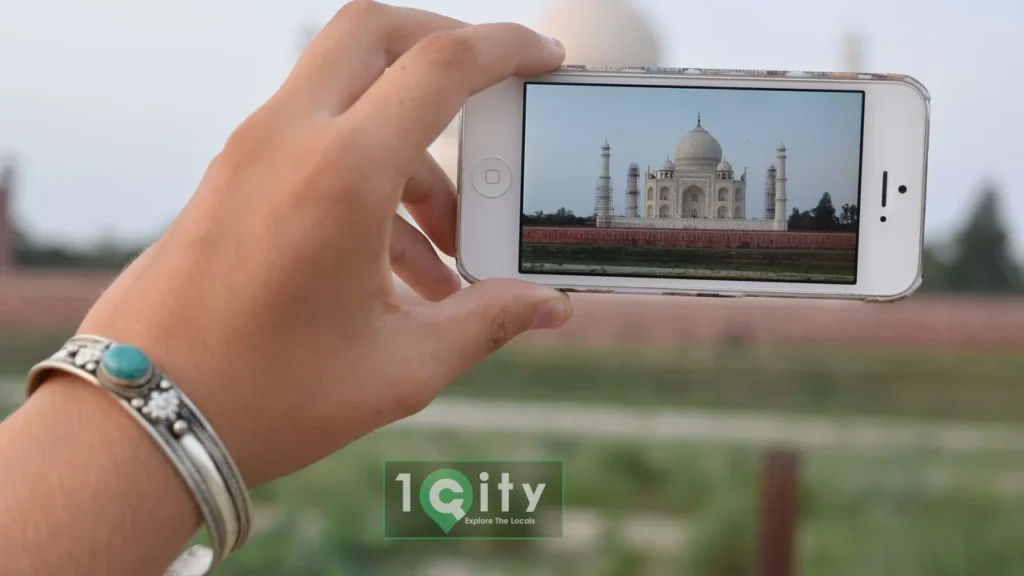
Of course, any discussion about Agra tourist attractions must start with the Taj Mahal. This white marble mausoleum, built by Emperor Shah Jahan in memory of his beloved wife Mumtaz Mahal, stands as a symbol of eternal love. The intricate inlay work, the majestic domes, and the surrounding gardens make it a sight to behold. Arriving early in the morning to watch the sunrise over the Taj Mahal is an unforgettable experience that I highly recommend.
Agra Fort: A Historical Marvel
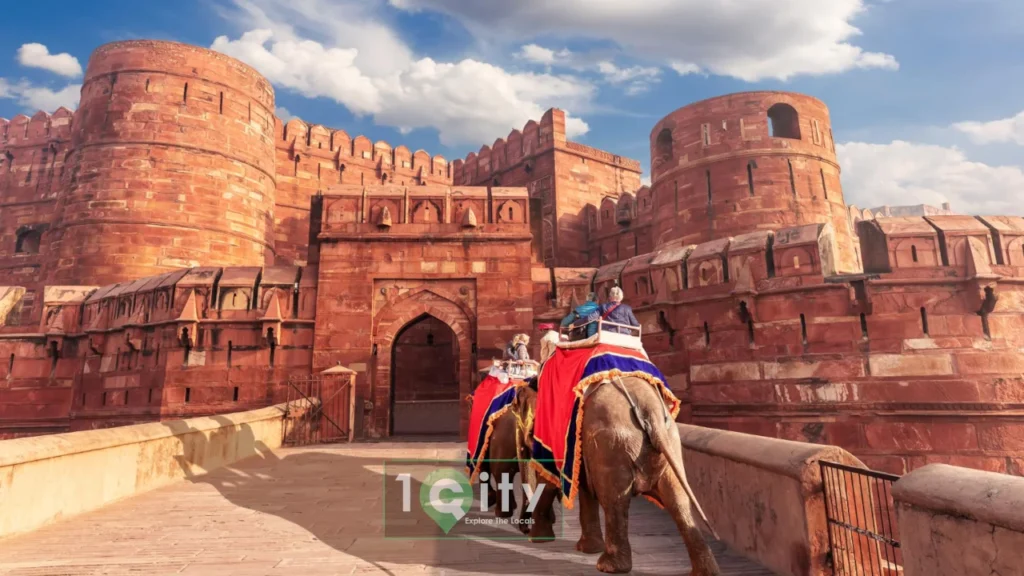
Just a short distance from the Taj Mahal is the Agra Fort, another UNESCO World Heritage Site. This imposing red sandstone fort was the main residence of the Mughal emperors until the capital shifted to Delhi. Walking through its majestic halls, such as the Diwan-i-Am (Hall of Public Audience) and the Diwan-i-Khas (Hall of Private Audience), offers a glimpse into the opulent lifestyle of the Mughal Empire in Agra. The fort also provides a stunning view of the Taj Mahal from its balconies.
Fatehpur Sikri: The Abandoned City
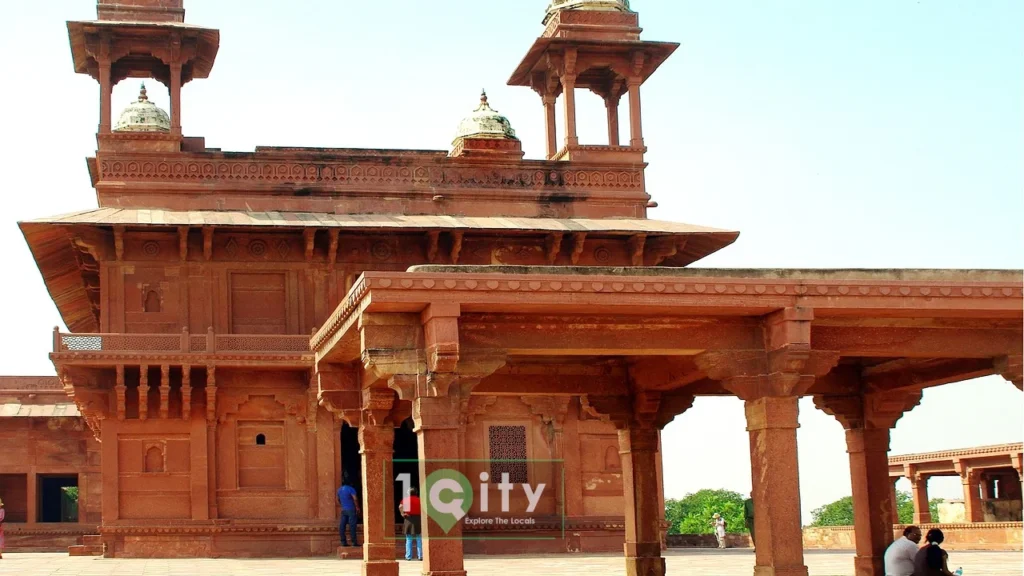
A visit to Agra is incomplete without a trip to Fatehpur Sikri, an ancient city about 40 kilometers from Agra. Built by Emperor Akbar, this city was the capital of the Mughal Empire for a short period. The well-preserved palaces, mosques, and public buildings, including the Buland Darwaza (Gate of Magnificence) and the Jama Masjid, are testaments to the grandeur of Mughal architecture. Exploring Fatehpur Sikri feels like stepping back in time.
Itmad-ud-Daulah’s Tomb: The Baby Taj
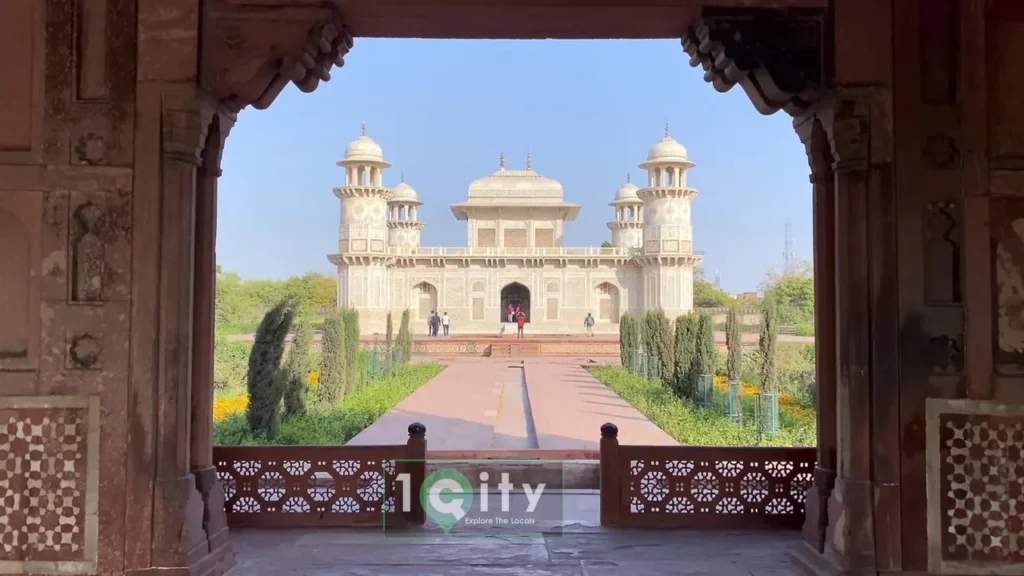
Often referred to as the “Baby Taj,” Itmad-ud-Daulah’s Tomb is another architectural gem in Agra. This mausoleum was built by Nur Jahan, the wife of Emperor Jahangir, for her father. The intricate marble lattice screens and the delicate inlay work foreshadow the design of the Taj Mahal. Visiting this tomb offers a quieter, more intimate experience compared to the bustling Taj Mahal.
Mehtab Bagh: The Moonlight Garden
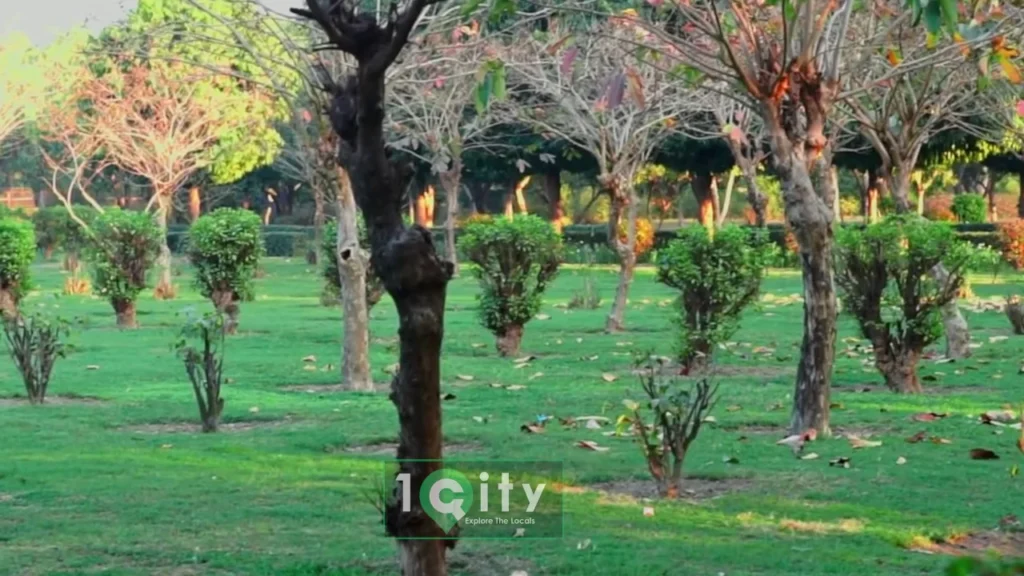
For a unique perspective of the Taj Mahal, head to Mehtab Bagh, a garden complex situated on the opposite bank of the Yamuna River. This garden was designed to align perfectly with the Taj Mahal, providing stunning views, especially at sunset. Strolling through Mehtab Bagh, with the Taj Mahal glowing softly in the evening light, is one of those unforgettable experiences in Agra that you shouldn’t miss.
Akbar’s Tomb: A Tribute to a Great Emperor
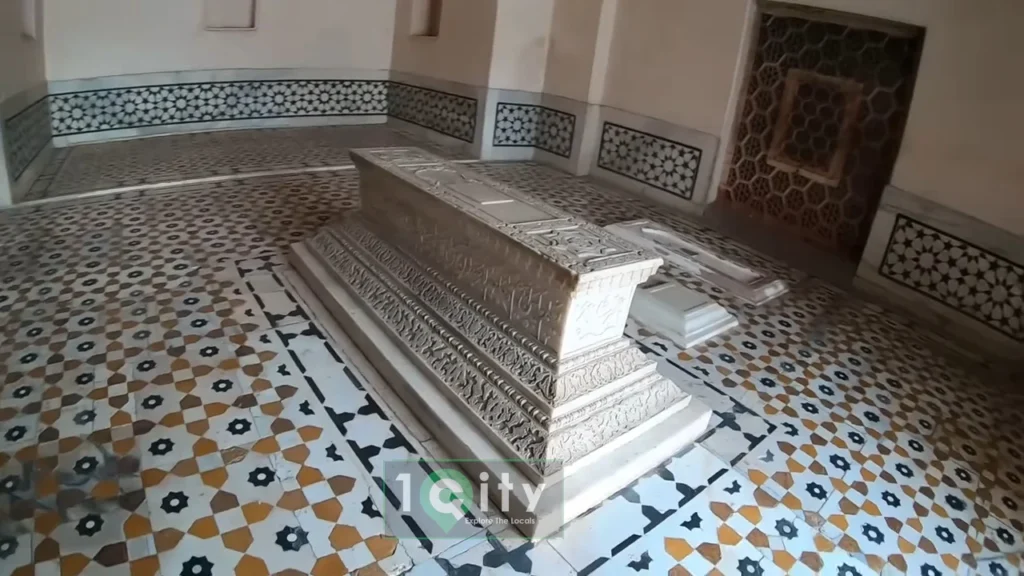
Located in Sikandra, just a short drive from Agra, Akbar’s Tomb is the final resting place of one of the greatest Mughal emperors. The tomb’s architecture is a blend of Hindu and Islamic styles, reflecting Akbar’s inclusive approach to religion. The serene surroundings and the beautifully maintained gardens make it a peaceful place to visit.
Jama Masjid: A Majestic Mosque
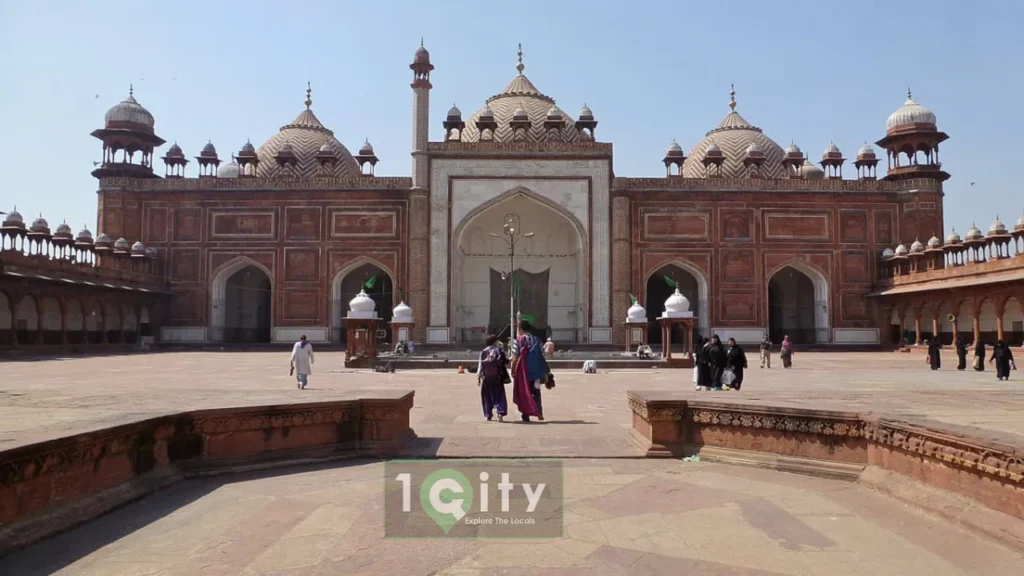
In the heart of Agra, near the Agra Fort, stands the Jama Masjid, one of the largest mosques in India. Built by Shah Jahan’s daughter, Jahanara Begum, this mosque is known for its stunning architecture, with intricate carvings and beautiful marble domes. Visiting during prayer time can provide a deeper insight into the local culture and traditions.
Mughal Gardens: A Touch of Paradise
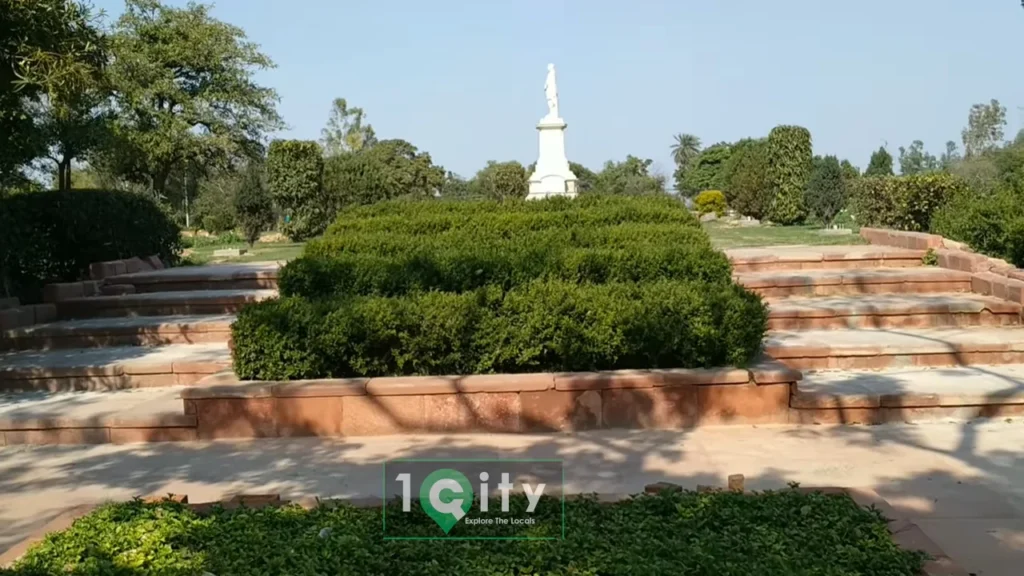
The Mughal Gardens in Agra, with their meticulously planned layouts, fountains, and flowerbeds, are a testament to the Mughal love for nature and beauty. These gardens, such as the Ram Bagh and the Soami Bagh, offer a peaceful retreat from the bustling city. Walking through these gardens, you can almost feel the tranquility that the Mughal emperors must have enjoyed.
Shopping in Agra: A Shopper’s Delight
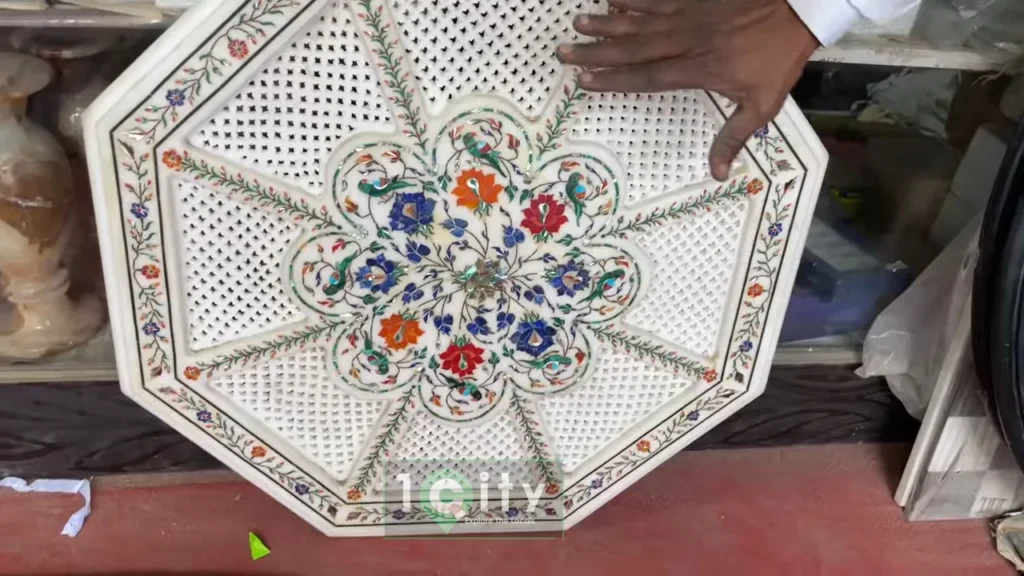
Agra is famous for its marble inlay work, a craft that you can see in full glory at the Taj Mahal. The local markets, such as the Sadar Bazaar and Kinari Bazaar, offer a wide range of handcrafted items, including carpets, textiles, and leather goods. Don’t miss the chance to buy some exquisite marble souvenirs and experience the vibrant shopping culture of Agra.
Mughal Cuisine: A Culinary Journey

No trip to Agra is complete without indulging in its rich Mughal cuisine. From succulent kebabs to aromatic biryanis and flavorful curries, the food in Agra is a treat for the taste buds. Some of the must-try dishes include the famous Agra Petha, a sweet made from ash gourd, and Mughlai dishes like Tandoori Chicken and Biryani. The local eateries and restaurants offer a delightful culinary journey that reflects the city’s rich cultural heritage.
Offbeat Things to Do in Agra
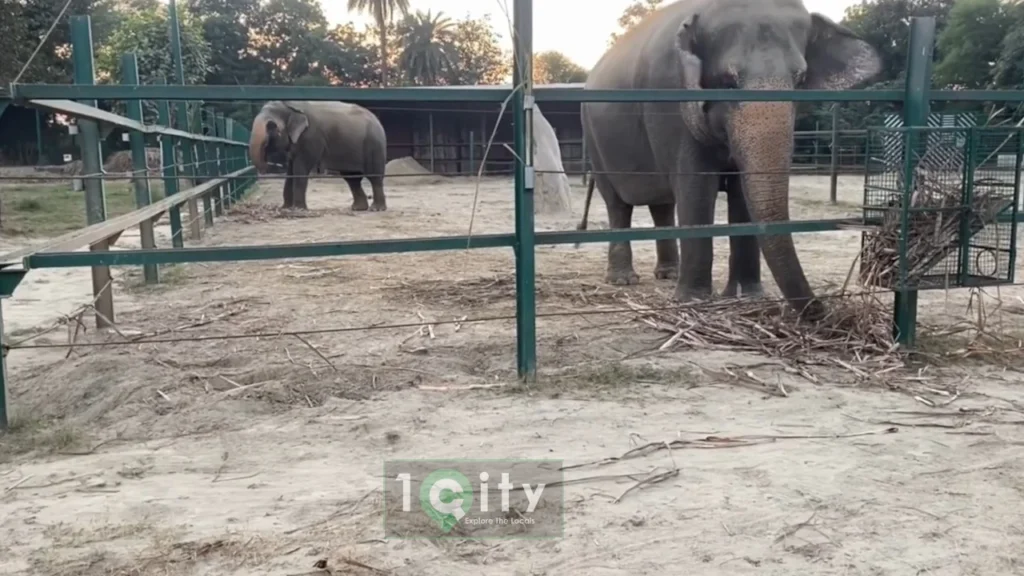
For those looking to explore beyond the usual tourist spots, Agra offers several offbeat attractions. The Taj Nature Walk, located near the eastern gate of the Taj Mahal, provides a serene environment to enjoy the natural beauty and bird watching. The Wildlife SOS Elephant and Bear Sanctuary, located on the outskirts of Agra, offers a chance to see rescued animals and learn about conservation efforts.
Day Trips from Agra: Exploring Nearby Destinations
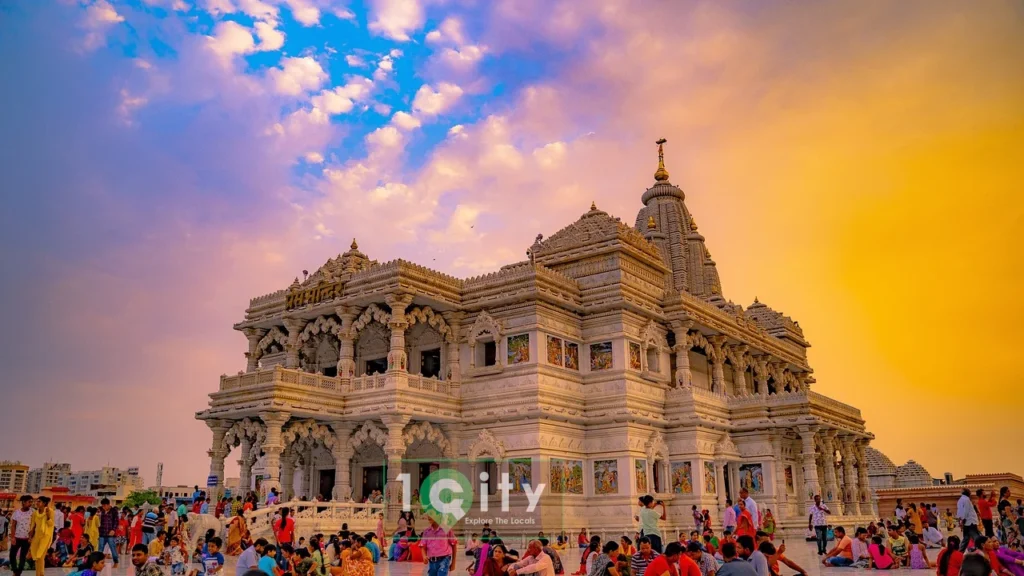
Agra’s strategic location makes it an ideal base for exploring nearby destinations. A short drive can take you to Mathura and Vrindavan, the birthplace of Lord Krishna, which are rich in temples and religious significance. These day trips offer a wonderful opportunity to experience the diverse cultural and historical landscape of the region.
Planning Your Agra Trip
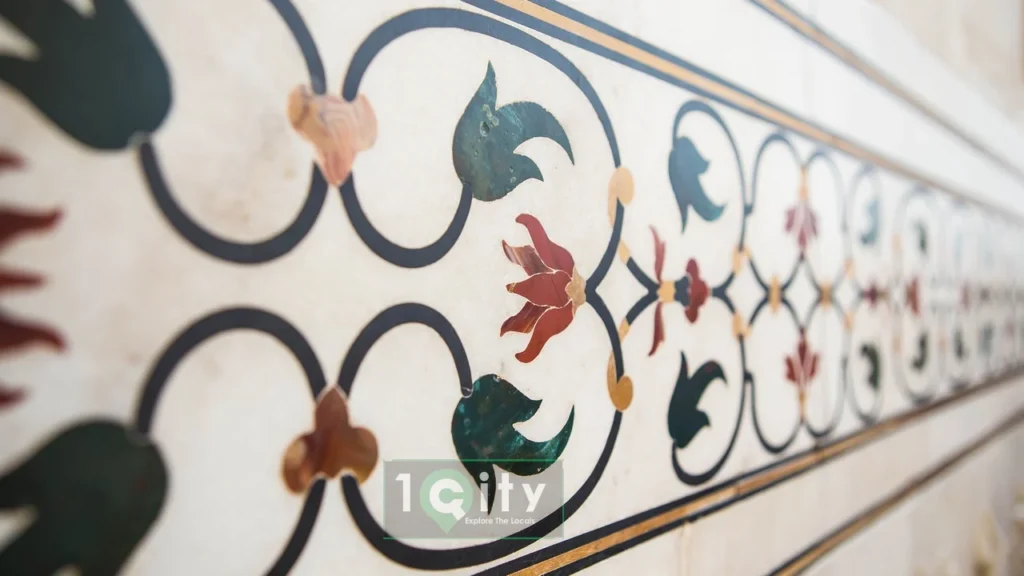
When planning your trip to Agra, it’s essential to consider the best time to visit. The ideal period is between October and March when the weather is pleasant and perfect for sightseeing. Agra can get extremely hot in the summer months, making it less comfortable for travel. Whether you are traveling as a couple, with family, or solo, Agra has something to offer for every travel style.
Conclusion
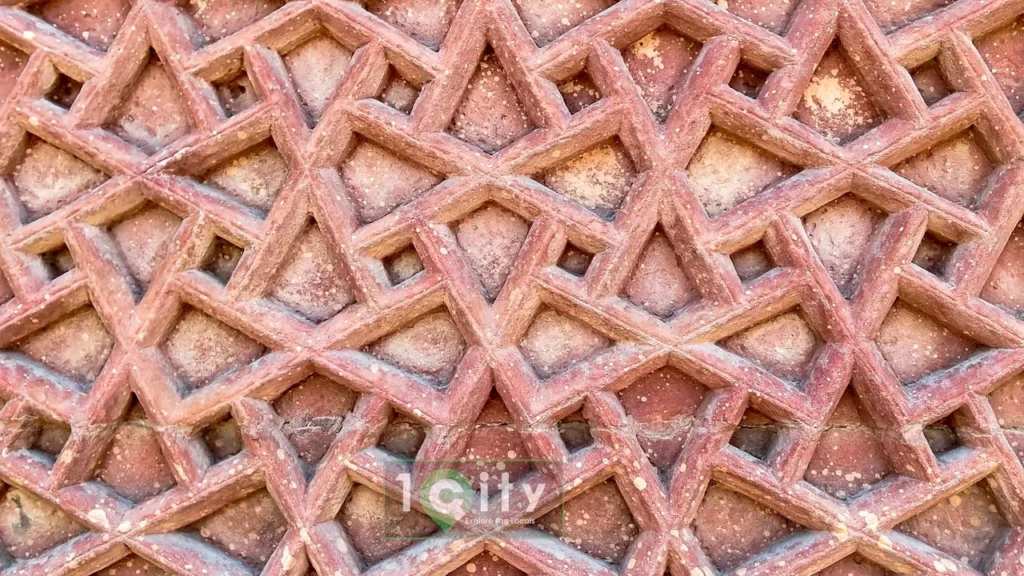
Agra is much more than just the Taj Mahal. Its rich history, magnificent architecture, and vibrant culture make it a destination that deserves to be explored in depth. From the grandeur of Mughal monuments to the charm of local markets and the delectable cuisine, Agra promises a memorable experience. As someone who has wandered through its streets and marvelled at its wonders, I can assure you that Agra will leave you with unforgettable memories and a desire to return.
So pack your bags and get ready to explore the best places to visit in Agra. This complete guide will help you make the most of your trip and discover the magic that this historic city has to offer.
FAQs : Best Places to Visit in Agra: Ultimate Guide to Unforgettable Attractions

-
What is the best time to visit Agra?
The best time to visit Agra is between October and March. During these months, the weather is pleasant and ideal for sightseeing. The summer months can be extremely hot, making it uncomfortable for travel.
-
How can I avoid the crowds at the Taj Mahal?
To avoid the crowds at the Taj Mahal, try to visit early in the morning at sunrise or late in the afternoon around sunset. These times not only offer a more serene experience but also provide the best lighting for photography.
-
Are there any offbeat places to visit in Agra?
Yes, apart from the popular attractions like the Taj Mahal and Agra Fort, there are several offbeat places to explore in Agra. Some of these include the Taj Nature Walk, Wildlife SOS Elephant and Bear Sanctuary, and Mehtab Bagh.
-
What are some must-try dishes in Agra?
Agra is known for its rich Mughal cuisine. Some must-try dishes include Tandoori Chicken, Biryani, and the famous Agra Petha, a sweet made from ash gourd. Local eateries and restaurants offer a delightful culinary experience.
-
How far is Fatehpur Sikri from Agra, and how can I get there?
Fatehpur Sikri is about 40 kilometers from Agra. You can reach there by hiring a taxi or taking a bus. The journey typically takes around an hour, making it a convenient day trip from Agra.
-
Is Agra a good destination for families?
Yes, Agra is an excellent destination for families. With its rich history, cultural experiences, and attractions like the Taj Mahal and Agra Fort, there is something for everyone. Additionally, places like the Wildlife SOS Sanctuary offer unique experiences for children.
-
Can I visit Agra on a budget?
Yes, Agra can be visited on a budget. There are many affordable accommodation options, budget-friendly eateries, and reasonably priced entry tickets for major attractions. Public transportation and local guides are also available at affordable rates.
-
What should I buy as souvenirs in Agra?
Agra is famous for its marble inlay work. You can buy beautiful marble souvenirs, carpets, textiles, and leather goods from local markets like Sadar Bazaar and Kinari Bazaar.
-
Are there any day trips that I can take from Agra?
Yes, there are several interesting day trips you can take from Agra. Some popular destinations include Mathura and Vrindavan, which are rich in temples and religious significance. These places offer a deeper insight into the cultural and historical landscape of the region.
-
What are some of the best places to visit in Agra with kids?
For families traveling with kids, the Taj Mahal, Agra Fort, and the Wildlife SOS Elephant and Bear Sanctuary are great places to visit. These attractions offer both educational and entertaining experiences for children.
-
Is it safe to travel to Agra as a solo traveler?
Yes, Agra is generally safe for solo travelers. However, like any other travel destination, it is advisable to stay aware of your surroundings, avoid isolated areas at night, and take common safety precautions.
-
Can I hire a guide in Agra for sightseeing?
Yes, hiring a guide in Agra can enhance your sightseeing experience. Knowledgeable guides are available at major attractions like the Taj Mahal and Agra Fort. They can provide valuable historical and cultural insights that you might miss otherwise.
-
How can I get around Agra?
You can get around Agra by hiring taxis, auto-rickshaws, or using local buses. For short distances, cycle-rickshaws are also a convenient and eco-friendly option.
-
What are the entry fees for major attractions in Agra?
Entry fees for major attractions in Agra vary. For example, the entry fee for the Taj Mahal is higher for foreign tourists compared to Indian citizens. It’s best to check the current rates online or at the ticket counters of the respective attractions.
-
What should I wear when visiting Agra?
When visiting Agra, it’s advisable to wear comfortable clothing suitable for the weather. Since many attractions are historical and religious sites, it’s respectful to dress modestly, covering your shoulders and knees. Comfortable walking shoes are also recommended for exploring the sites.
Citations and References
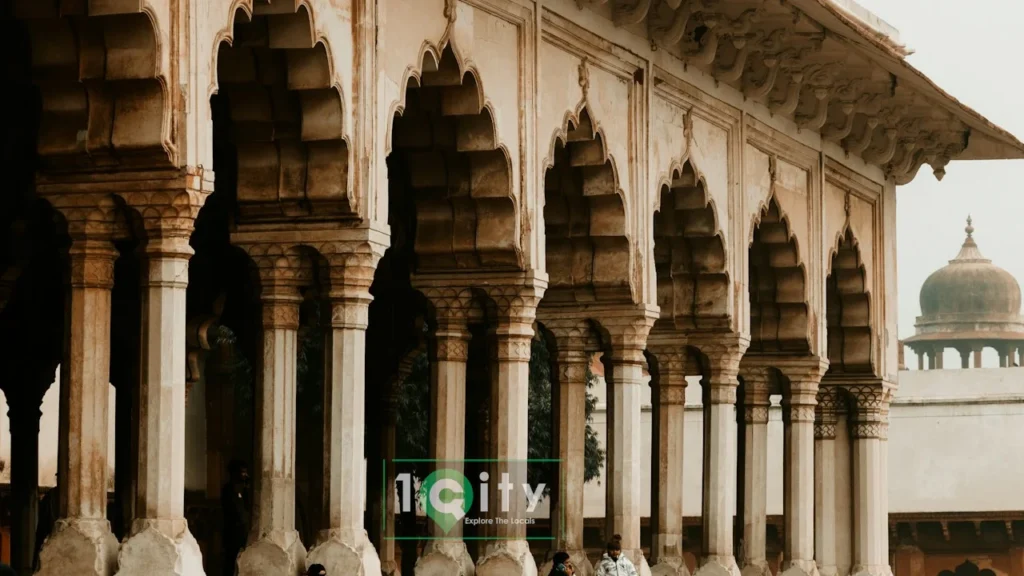
- Taj Mahal
- “The Taj Mahal is a white marble mausoleum built by Emperor Shah Jahan in memory of his wife Mumtaz Mahal.”
Source: UNESCO World Heritage Centre, “Taj Mahal,” whc.unesco.org.
- “The Taj Mahal is a white marble mausoleum built by Emperor Shah Jahan in memory of his wife Mumtaz Mahal.”
- Agra Fort
- “Agra Fort, a UNESCO World Heritage Site, was the main residence of the Mughal emperors until the capital shifted to Delhi.”
Source: UNESCO World Heritage Centre, “Agra Fort,” whc.unesco.org.
- “Agra Fort, a UNESCO World Heritage Site, was the main residence of the Mughal emperors until the capital shifted to Delhi.”
- Fatehpur Sikri
- “Fatehpur Sikri, an ancient city built by Emperor Akbar, was the capital of the Mughal Empire for a short period.”
Source: UNESCO World Heritage Centre, “Fatehpur Sikri,” whc.unesco.org.
- “Fatehpur Sikri, an ancient city built by Emperor Akbar, was the capital of the Mughal Empire for a short period.”
- Itmad-ud-Daulah’s Tomb
- “Often referred to as the ‘Baby Taj,’ Itmad-ud-Daulah’s Tomb was built by Nur Jahan for her father.”
Source: Archaeological Survey of India, “Itmad-ud-Daulah’s Tomb,”.
- “Often referred to as the ‘Baby Taj,’ Itmad-ud-Daulah’s Tomb was built by Nur Jahan for her father.”
- Akbar’s Tomb
- “Akbar’s Tomb, located in Sikandra, is the final resting place of one of the greatest Mughal emperors.”
Source: Archaeological Survey of India, “Akbar’s Tomb,”.
- “Akbar’s Tomb, located in Sikandra, is the final resting place of one of the greatest Mughal emperors.”
- Jama Masjid
- “The Jama Masjid, one of the largest mosques in India, was built by Shah Jahan’s daughter, Jahanara Begum.”
Source: IndiaNetzone, “Jama Masjid, Agra,”.
- “The Jama Masjid, one of the largest mosques in India, was built by Shah Jahan’s daughter, Jahanara Begum.”
- Mughal Cuisine
- “Agra is known for its rich Mughal cuisine, including dishes like Tandoori Chicken, Biryani, and the famous Agra Petha.”
Source: Lonely Planet, “Food and Drink in Agra,”.
- “Agra is known for its rich Mughal cuisine, including dishes like Tandoori Chicken, Biryani, and the famous Agra Petha.”
- Wildlife SOS Sanctuary
- “The Wildlife SOS Elephant and Bear Sanctuary offers a chance to see rescued animals and learn about conservation efforts.”
Source: Wildlife SOS, “Our Sanctuaries,” .
- “The Wildlife SOS Elephant and Bear Sanctuary offers a chance to see rescued animals and learn about conservation efforts.”
These references should help back up the historical facts and data presented in the article, providing readers with reliable sources for further information.
Discover More About Jaipur
Want to dive deeper into the wonders of Jaipur? Check out our comprehensive guide on the Top 10 Attractions in Agra You Must See. Uncover hidden gems, explore must-see attractions, and make the most of your visit to the Agra City!

